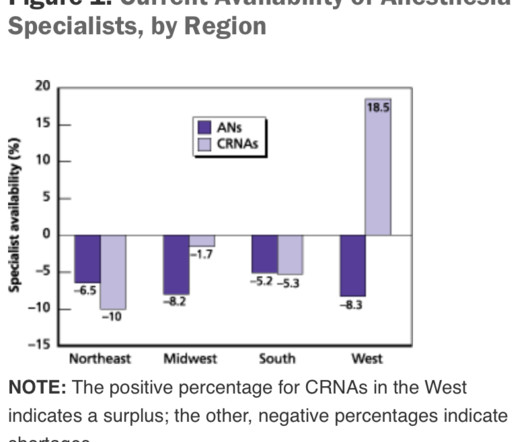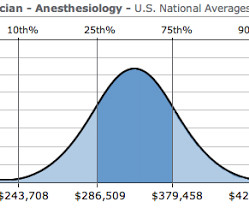Comparing CRNAs to Other APRNs
Nashville Anesthesia Professionals
JUNE 3, 2024
There are four classes of APRNs: certified nurse midwife (CNM), clinical nurse specialist (CNS), certified nurse practitioner (CNP), and certified registered nurse anesthetist (CRNA). Though all APRNs undergo extensive training to achieve their advanced degree, each type obtains a different skillset, with CRNAs focused on anesthesia care.




















Let's personalize your content